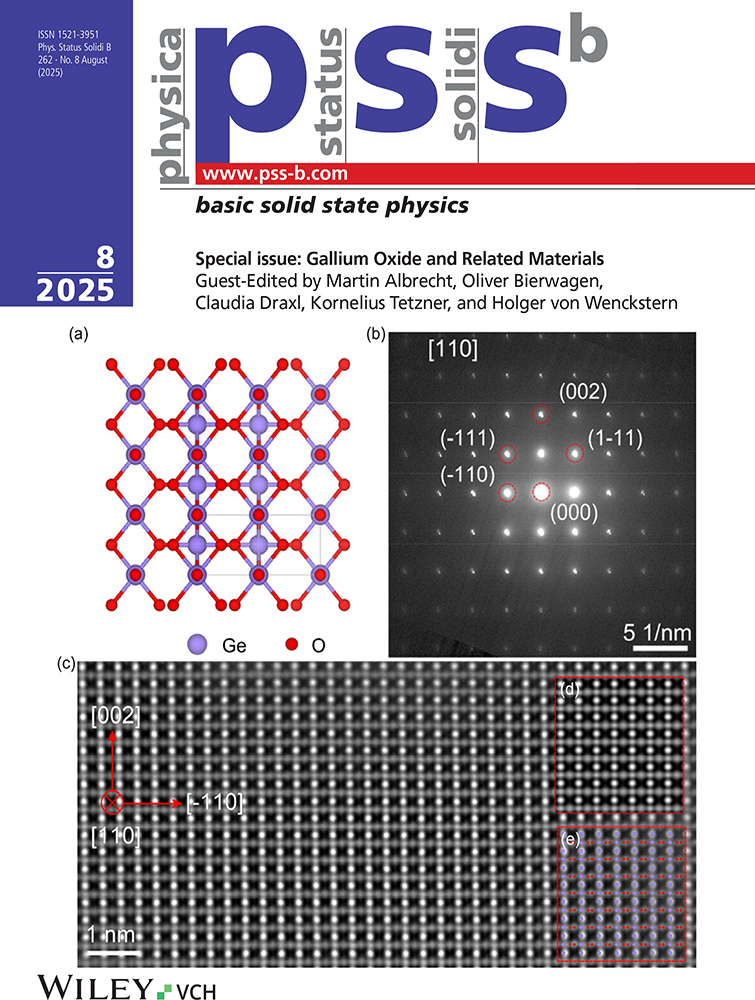Spectral Anomalies of Exciton Photoluminescence at ν = 1 and 2/3 in a Modulation-Doped n-Type CdTe/(Cd, Mg, Mn)Te Single Quantum Well
Abstract
Spin-polarized magnetophotoluminescence measurements have been conducted in a modulation-doped n-type CdTe/(Cd, Mg, Mn)Te single quantum well at 1.5 K under 2 s long pulsed magnetic fields up to 60 T. For the σ— polarization, a new peak was observed to emerge at ν ∼ 1 on the higher energy side of a main peak. The former peak became larger than the latter with increasing magnetic field, while the latter peak had a local maximum at ν ∼ 0.9 and attenuated. Furthermore, magnetic field dependence of the latter peak energy showed step-like behavior around ν ∼ 0.9. The intensity of the former peak was observed to increase monotonically with field, showed a kink at ν ∼ 2/3 and saturated, i.e. showed a shoulder-like structure there. With changing the angle between the direction of the sample surface normal and the magnetic field, both features at ν ∼ 1 and 2/3 exhibited tendencies to fade out, which suggests that the former is associated with spin-singlet charged exciton and the latter with fractional quantum Hall effect at ν = 2/3.




